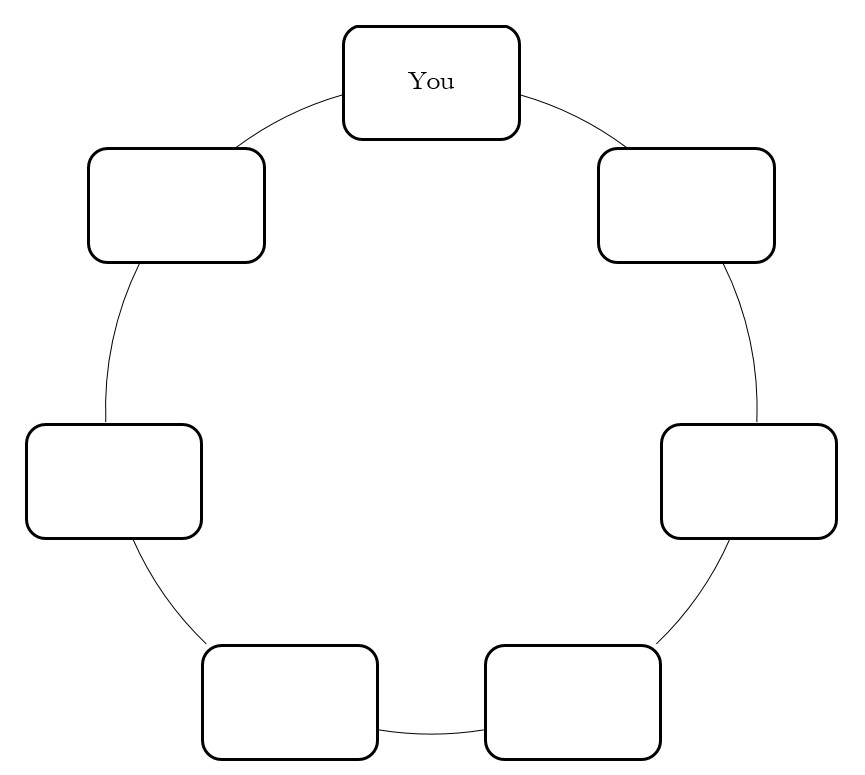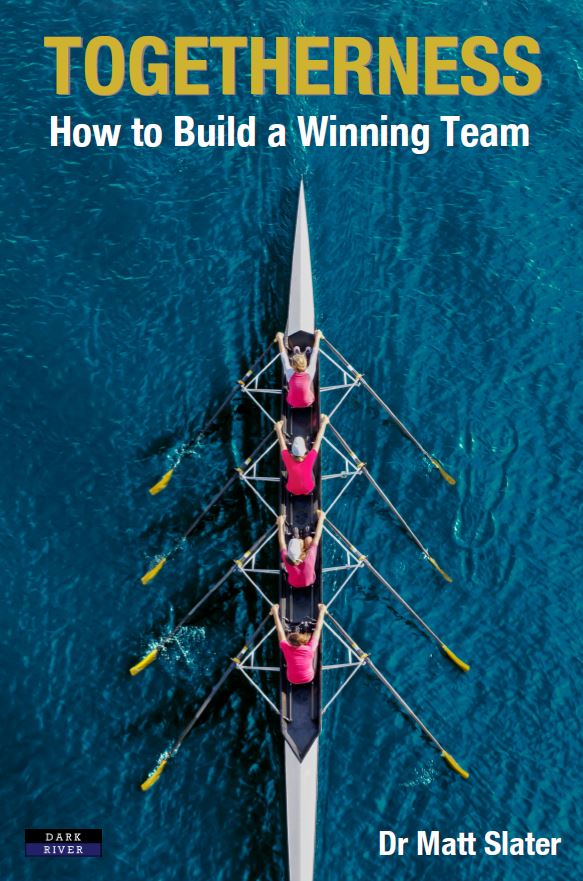This content is taken from Chapter 2 of:
To deliver and fully embed the 3Rs [Reflect, Represent, Realise], we set up a Senior Leadership Team (SLT). The SLT included three members of staff and four athletes (including the captain).
We adopted an SLT approach for a number of reasons. Primarily, it was to bring staff and athlete voices together on the same level (no voice was given more or less importance in the SLT sessions).
It was also to include all athletes in the conversation and develop athletes’ leadership skills. We achieved this by completing the 3R activities with the SLT (seven people), and then by asking the four SLT athletes to go and complete the same activities with the rest of the team (either on a one-to-one basis or as a group), which would then feed into the next SLT session. This was both inclusive and empowering.
The creation of an SLT is a fundamental aspect of delivering the 3Rs and developing togetherness. There are three ways to set up an SLT:
1. You select the SLT athletes: You can decide which athletes you’d like to be part of the SLT. You could chat with your team and/or coaches to gain their input too. If you take this approach, be mindful to select individuals that you feel are influential across the entirety of your team (rather than simply selecting those who you perceive to be the best players or those who have the most experience). The downstream effects of the work you do with the SLT are crucial; that is, when the SLT athletes engage with the rest of the team to complete activities. This will be optimised if, across the athletes you involve in the SLT, they have strong connections with all the remaining athletes in your team.
2. You ask the athletes to decide: You can provide each athlete on your team with a list that includes all other athletes (except themselves), and ask them to rate (e.g., from 1 to 10) each athlete’s level of leadership or influence. You can then select the four athletes with the highest mean ratings.
3. Rotation system: You can change the athletes that are part of the SLT on a regular basis. You can plan this to ensure that all the athletes on your team have a consistent number of weeks on the SLT over the season. This may be particularly useful in youth sport, and is also a good approach to developing leadership (and life) skills across the team.
Make a note of the names of your first SLT here:

Now that we are acquainted with the 3R model, we move through the next three chapters learning how to put Reflect, Represent, and Realise actions into practice!
* * *

